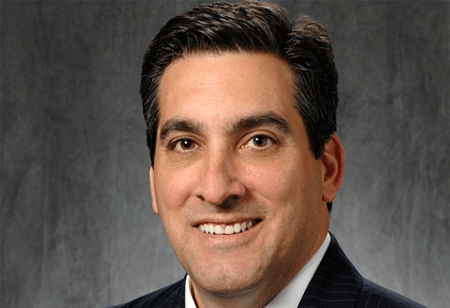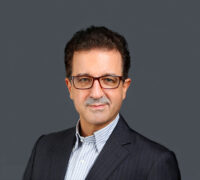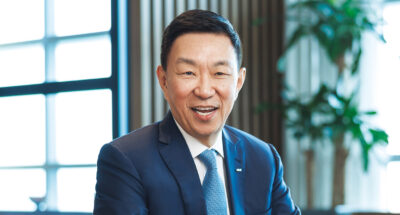Konica Minolta is known as a printer company, but a dual transformation is underway. Sam Errigo, Chief Operating Officer at Konica Minolta Business Solutions in the US, talks to Ric Roi about the challenges of handling such a rapid change of culture.
The big challenge facing Sam Errigo, Chief Operating Officer at Konica Minolta Business Solutions in the US, is the digital transformation of a powerful legacy business.
Tokyo-headquartered Konica Minolta, formed through the merger of Konica and Minolta in 2003, built its reputation and business around being one of the world’s leading suppliers of business and industrial imaging and printing equipment, most famously its multifunction products (MFPs).
Now Errigo’s goal for its US arm – a business with 6,500 employees and $2 billion in annual revenue – is tapping the hyper-growth possibilities of managed IT and data services to create a far bigger business based around helping its customers take costs out of their operations and generate more revenues.
“Today, most customers would characterize Konica Minolta as a printing company with multifunction products. But we don’t want to be known as a copier company in five years,” said Errigo.
“What we want to be known as is a consulting organization that helps other organizations tackle those things that are most critical to running their office operations – their office infrastructure, security, backup, help desk and all the data analytics that take place in their office environment.”
Dual transformation
At the heart of this strategy stands a dual transformation: adding new service offerings in the managed IT, data capture and data management sectors, while continuing to capture and grow its long-established MFP and printing devices business, then combining both elements into a holistic offering for customers.
“Our concept is to move forward with what we call an MFP-plus-plus model,” said Errigo. “That means not only continuing with our MFP core, which is a very stable and highly profitable portion of our portfolio, but investing heavily in areas that add the most value, create longevity and build a much stronger brand.”








